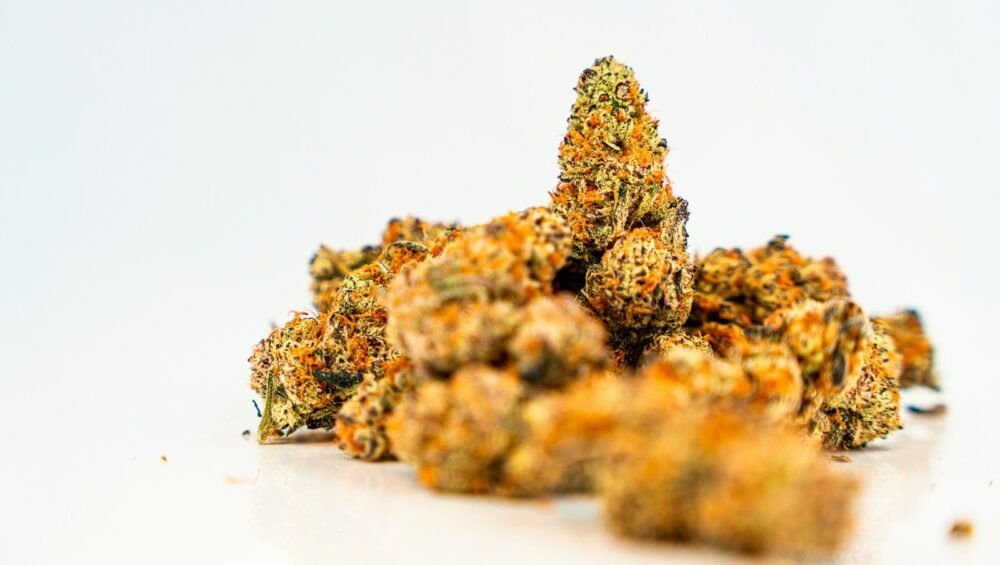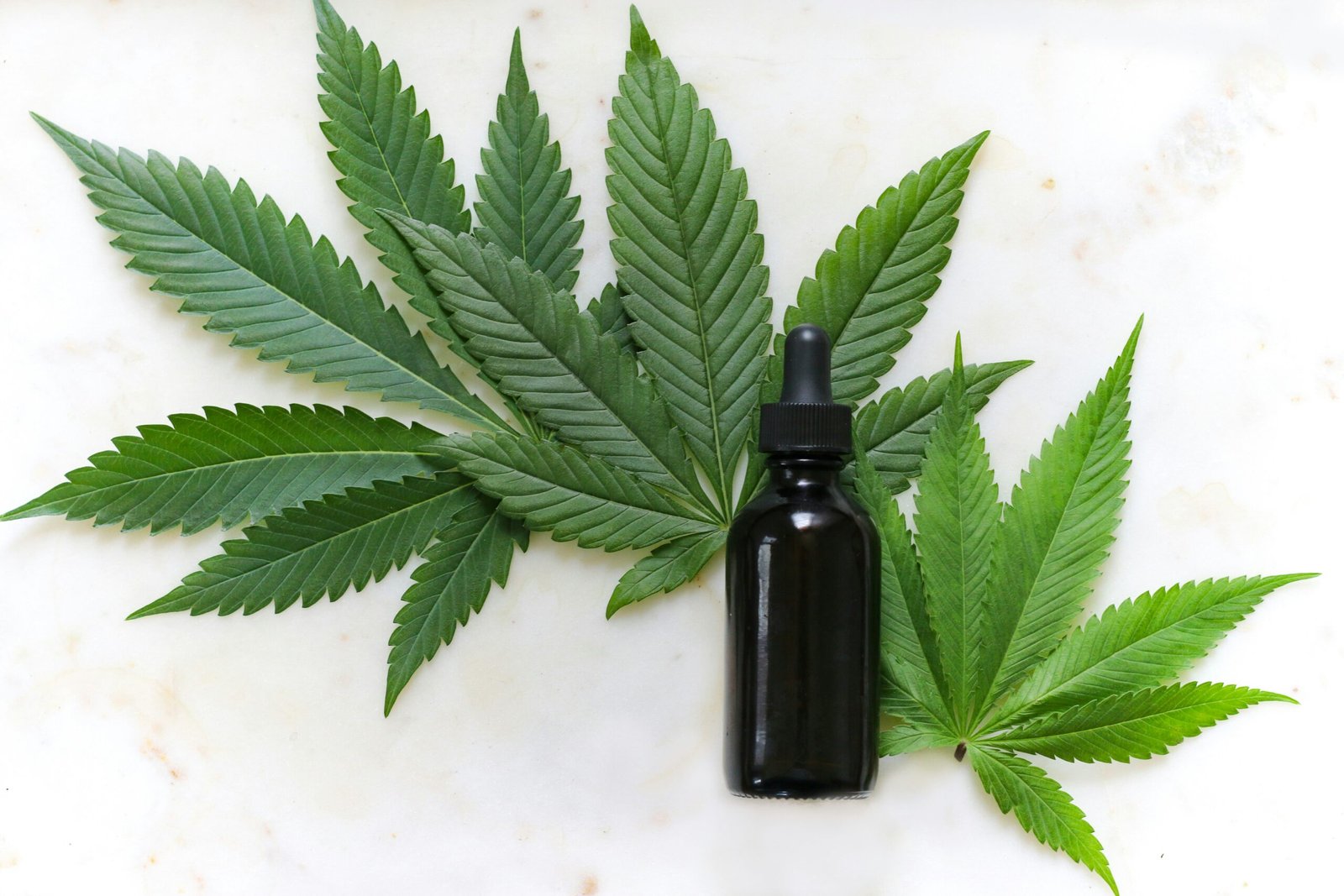How Long Does Weed Stay Good?
For those who enjoy the occasional puff or use marijuana for medicinal purposes, it’s important to know how long weed stays good. Whether you’re a casual user or a connoisseur, understanding the shelf life of cannabis can help you make informed decisions about your stash. In this article, we’ll explore the factors that influence the longevity of weed and provide some tips on how to keep your stash fresh.
The Shelf Life of Weed
Like any organic matter, cannabis degrades over time. However, the rate at which it deteriorates depends on several factors. The most significant factors that influence the shelf life of weed are:
- Storage conditions: Proper storage is crucial for maintaining the freshness of your weed. Exposure to light, heat, and air can accelerate the degradation process. It’s best to store your marijuana in an airtight container, away from direct sunlight and in a cool, dark place.
- Strain: Different strains of marijuana have varying levels of stability. Some strains may retain their potency and flavor for longer periods, while others may degrade more quickly. Sativa, indica, and hybrid strains all have different shelf lives.
- Curing and drying: Properly cured and dried weed tends to have a longer shelf life. The curing process helps remove excess moisture, which can lead to mold and mildew growth. Drying weed too quickly or not enough can also impact its longevity.
The Average Shelf Life of Weed
On average, weed can stay good for about six months to a year if stored correctly. However, it’s important to note that the potency and flavor may start to decline after a few months. Over time, the cannabinoids in marijuana, such as THC and CBD, break down, resulting in a less potent product.
Proper storage can help extend the shelf life of your weed. Here are a few tips to keep your stash fresh:
- Use airtight containers: Invest in high-quality containers that seal tightly to prevent air from entering. Mason jars or glass containers with rubber seals are excellent options.
- Keep it cool: Store your weed in a cool place, away from heat sources like ovens or radiators. Excessive heat can dry out the buds and degrade their quality.
- Avoid light exposure: Light, especially UV rays, can degrade cannabinoids and terpenes. Store your weed in a dark place or use opaque containers to protect it from light.
- Don’t freeze it: While freezing weed may seem like a good idea, it can actually damage the delicate trichomes and affect the overall quality of the buds. Stick to cool storage instead.
Signs of Spoiled Weed
Even with proper storage, weed can still go bad. Here are some signs that your stash may have spoiled:
- Mold or mildew: If you notice any fuzzy white or green spots on your buds, it’s a clear sign of mold or mildew. Smoking moldy weed can be harmful to your health, so it’s best to discard it.
- Strange odor: Fresh weed has a distinct aroma, but if you notice a musty or rotten smell, it’s an indication that your weed has gone bad.
- Harsh taste and decreased potency: If your weed tastes harsh or has lost its potency, it may be past its prime.
Conclusion
Knowing how long weed stays good is essential for any cannabis enthusiast. By understanding the factors that influence its shelf life and following proper storage practices, you can ensure that your stash remains fresh and potent for as long as possible. Remember to store your weed in a cool, dark place in airtight containers to preserve its quality. And if you notice any signs of spoilage, it’s best to err on the side of caution and dispose of it. Enjoy your weed responsibly and savor the experience!





